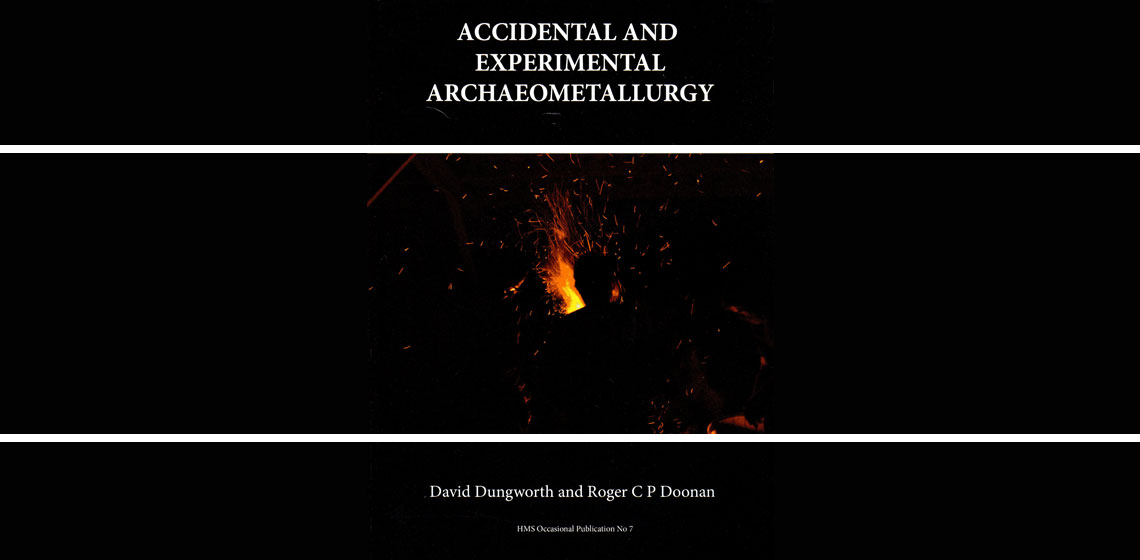
Spawned from an HMS (Historical Metallurgy Society) conference at West Dean College in 2010, this book is a unique compilation of papers written by both academics and craftsmen. Further articles not directly drawn from the conference have been included and cover non-ferrous experiments and an ethnographic study of blacksmithing. The writing styles vary from the very academic (dry and using more complicated language than is necessary) to the more relaxed vernacular, but the science and detail is not lacking at any point. This makes the book very accessible to the layman as well as being an excellent reference book for academics, particularly students of archaeology, metallurgy and most especially experimental archaeology.
The experiments reported in the book are clearly laid out and in some cases have enough detail should one wish to reconstruct the process. A particularly good example of this is the 'Aristotle furnace' used by blacksmith Lee Sauder to produce steel of a more uniform and predictable nature than the virgin bloomery material. This small furnace design is quick to set up and to run, but the usual variables such as air flow, fuel, tuyere position, et cetera are at least as critical as with a full-sized smelt. Sauder gives tips on how to control some of these variables and shares with the reader his findings in both empirical data and conclusions about the material produced drawn from his experience working with the steel. This article illustrates very well the need to include craftspeople in experimental archaeology, metallurgical or otherwise. The methodologies and recording procedures used are exemplary yet the author is coming at the whole process as a craftsman rather than an academic researcher. He talks about how this line of research began (looking for a fast and simple way to refine his bloomery iron) and how he then found some historical precedence for the process and his journey to refining it.
There are several articles recounting iron smelts run by various academic groups for research purposes as well as those by craftsmen. Many of the reports hold enough information about the furnaces, ores, et cetera; making this book something of an introductory ‘how to’ to the craft. There are chemical breakdowns and micrographs of blooms and slags in addition to the photographs and diagrams of a range of furnace types (domestic, ethnographic and speculative).
As far as method and theory are concerned, the earlier chapters deal with how intimately experimental archaeology is tied up with archaeometallurgy and the importance of not dismissing experiential archaeology as a valid research tool. Such topics as authenticity, experiment design, recording and publication are all broached along with a little on the history of the discipline. Theoretical frameworks and hypotheses for research and experiment design, and what happens when these things fail during the practical aspect of an experiment are covered. These chapters would be of great use to archaeology students looking to design an experiment, or even just write an essay on archaeological theory!).
So whether you are looking for a book on experimental archaeology, or are looking to try your hand at iron production with an historical bent, or just have a passing interest in slags and ores; I guarantee that this book would be a worthwhile purchase. My own copy very quickly became ‘well thumbed’ with spots of dried clay on the pages from where I have put into practice some of the information contained within.
Book information:
DUNGWORTH D. and DOONAN R. ed., 2013. Accidental and Experimental Archaeometallurgy, HMS Occasional Paper
Available at http://hist-met.org/component/mijoshop/product/32-accidental-and-experimental-archaeometallurgy.html